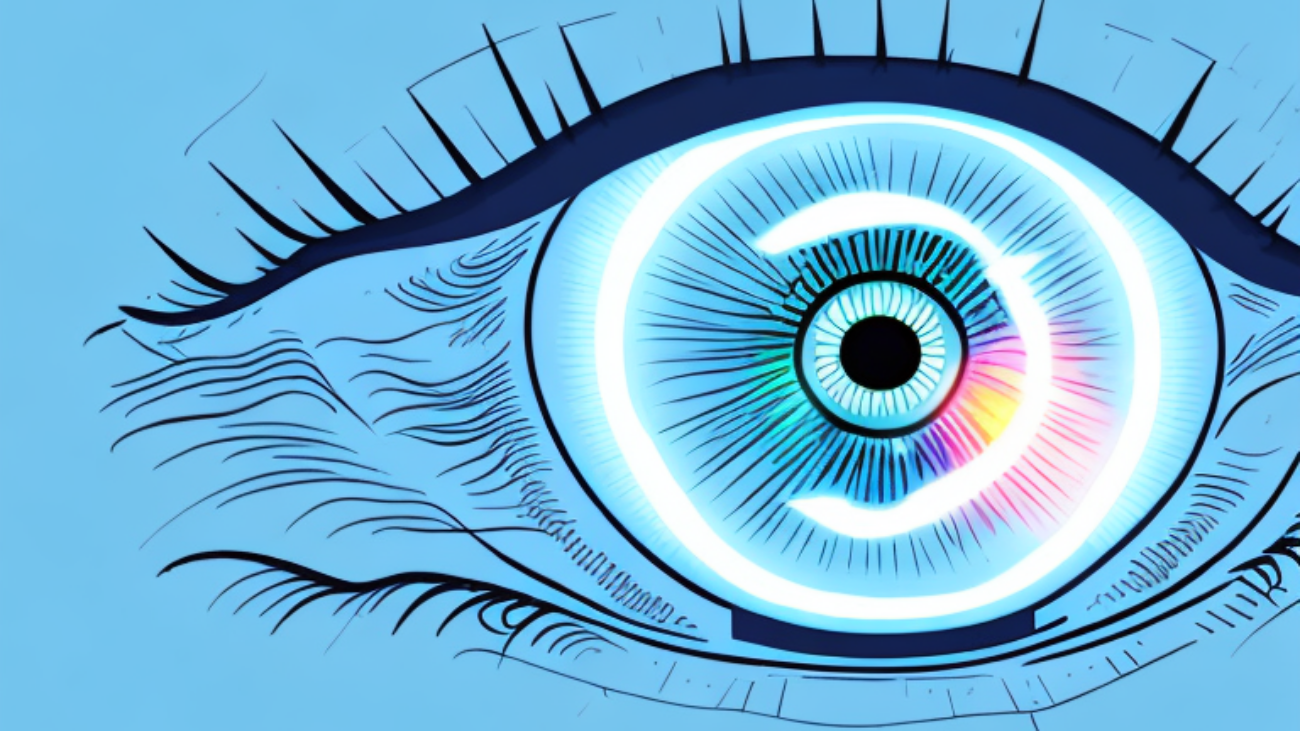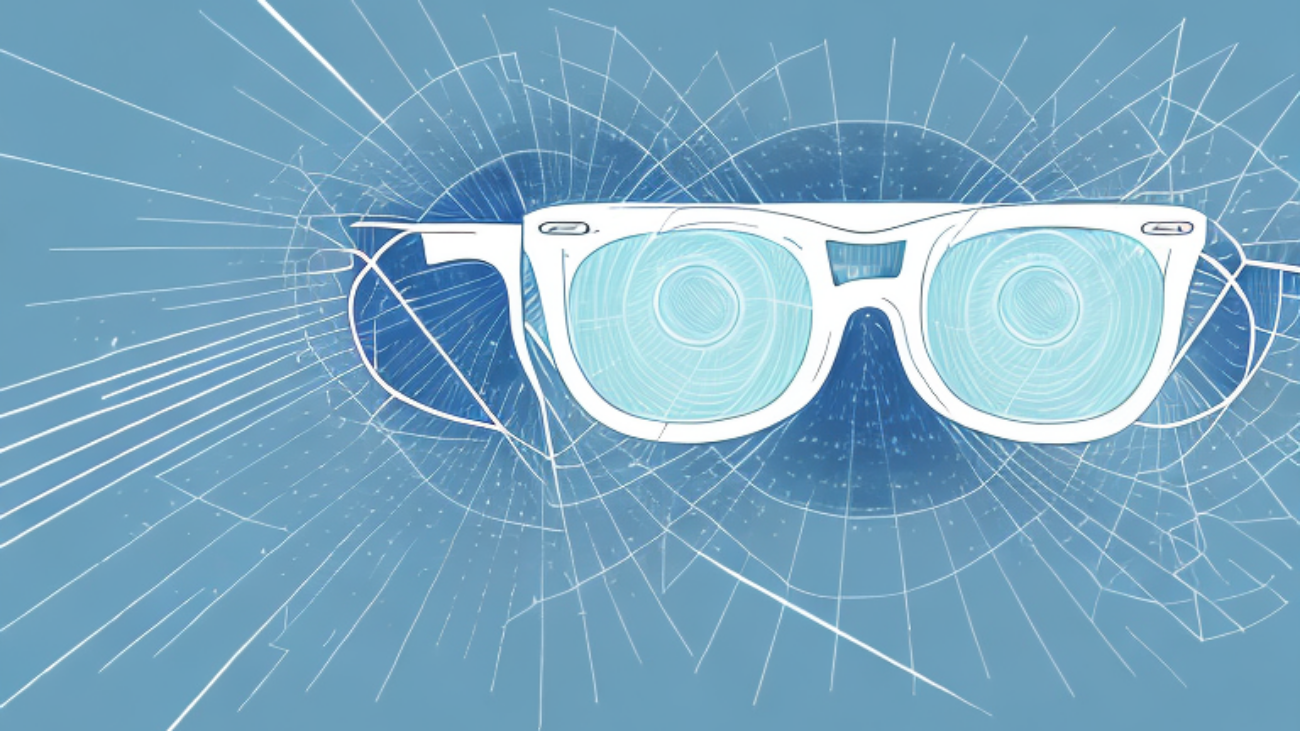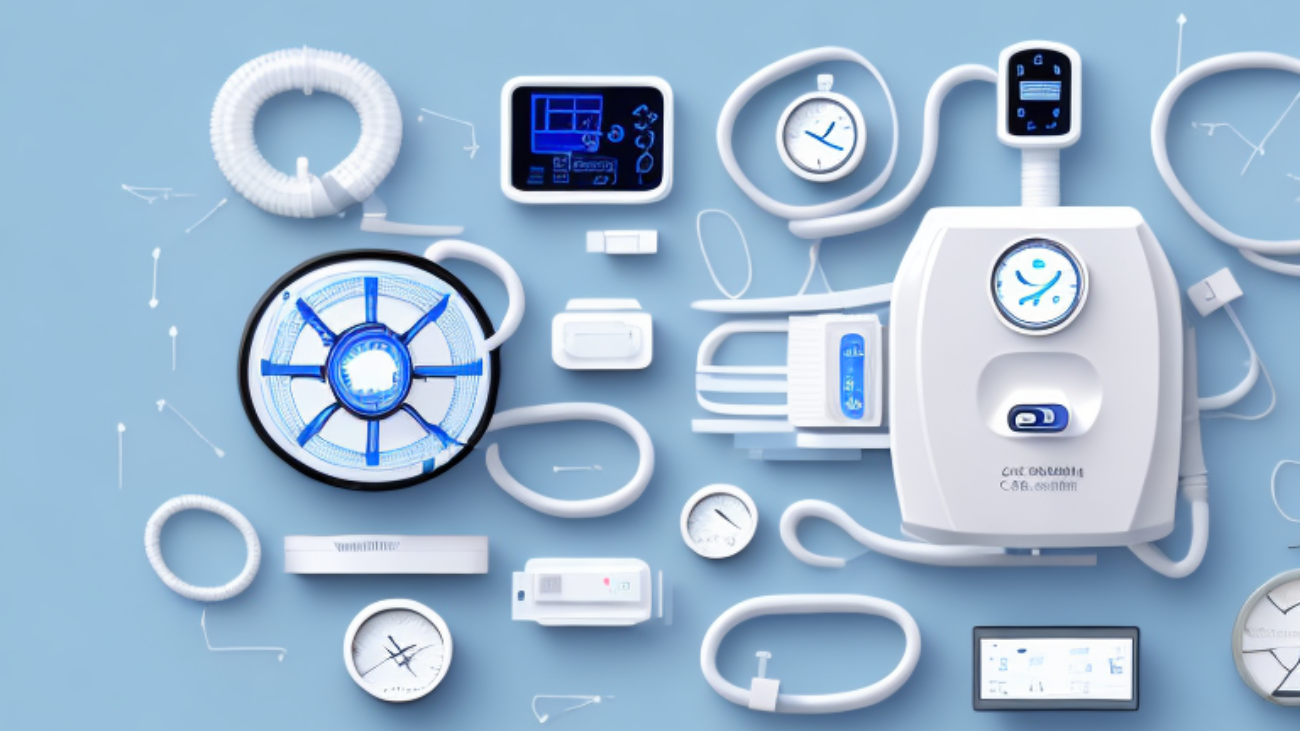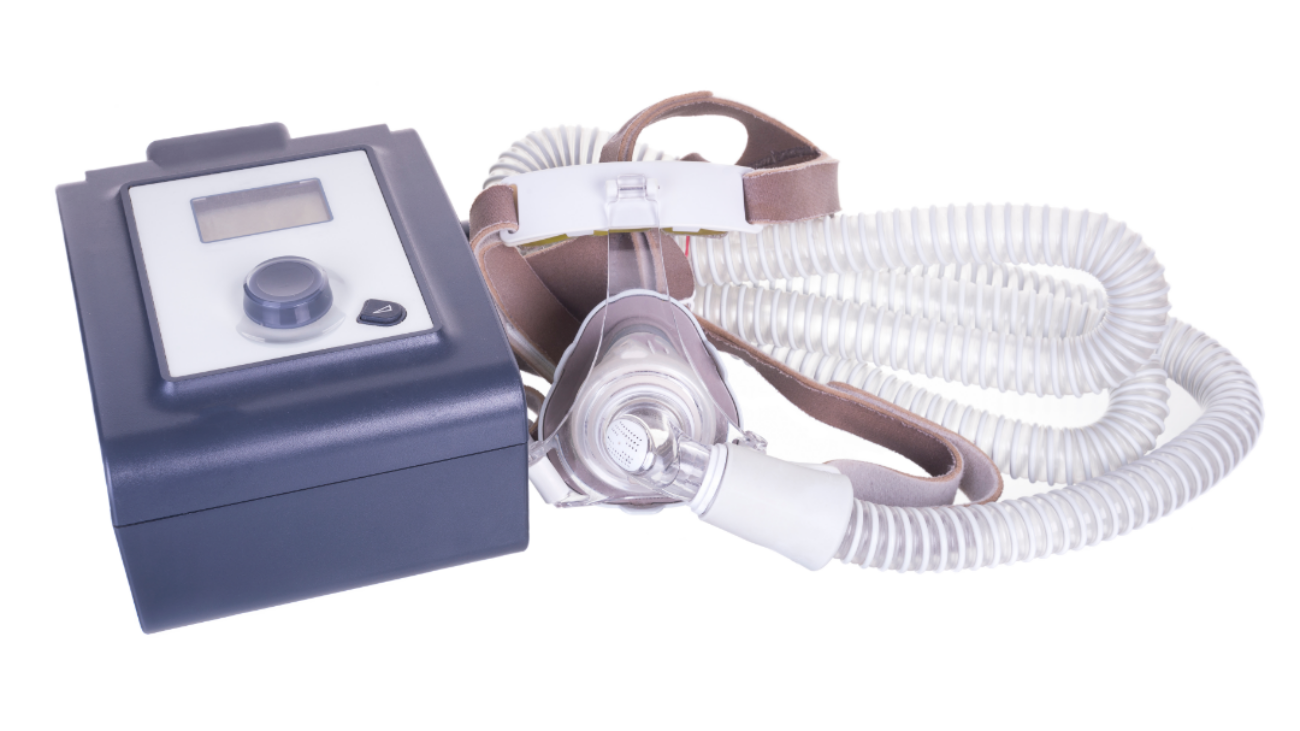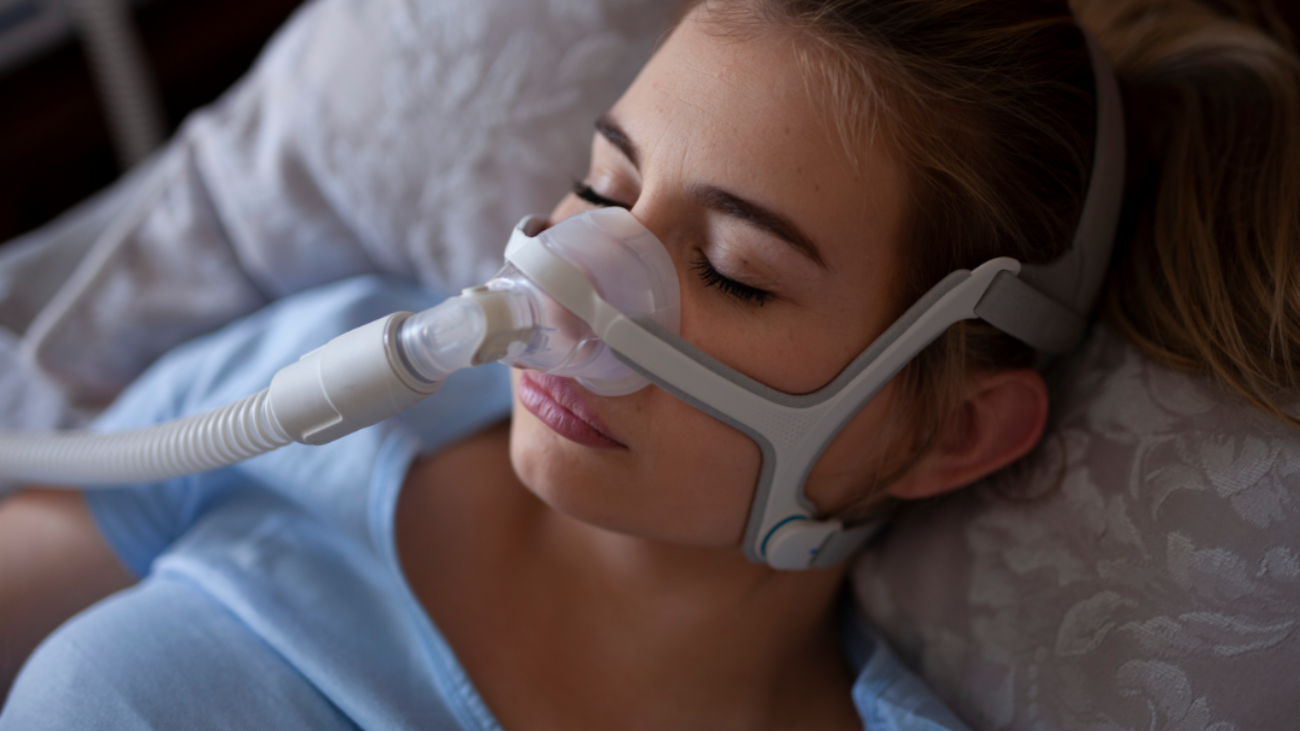In this comprehensive guide, we will delve into the benefits and risks associated with Lasik surgery. Lasik has become a popular choice for those seeking to improve their vision and reduce their dependence on glasses or contact lenses. However, it is important to have a thorough understanding of the procedure and its potential outcomes before making a decision.
Understanding Lasik Surgery
What is Lasik Surgery?
Lasik stands for “Laser-Assisted In Situ Keratomileusis,” which is a surgical procedure that uses laser technology to reshape the cornea of the eye. By altering the shape of the cornea, Lasik aims to correct refractive errors such as nearsightedness, farsightedness, and astigmatism.
Lasik surgery has revolutionized the field of ophthalmology, providing a safe and effective solution for individuals seeking to improve their vision. With its precise laser technology, Lasik offers a quick and efficient procedure that can significantly enhance a person’s quality of life. The procedure has gained immense popularity over the years, with millions of people worldwide opting for Lasik surgery to achieve clear and crisp vision.
How Does Lasik Surgery Work?
During the procedure, a microkeratome or femtosecond laser is used to create a thin, hinged flap on the cornea. This flap is then lifted, and a laser is used to remove a specific amount of corneal tissue, based on the individual’s prescription. The corneal tissue is removed with precision, allowing the cornea to be reshaped. The flap is then repositioned, acting as a natural bandage, and left to heal on its own.
The use of a microkeratome or femtosecond laser ensures a high level of accuracy and safety during the surgery. These advanced technologies enable the surgeon to customize the treatment according to the patient’s unique needs, ensuring optimal results. The entire procedure typically takes only a few minutes per eye, making it a convenient option for those with busy lifestyles.
After the surgery, patients may experience some mild discomfort or sensitivity, but this usually subsides within a few days. The healing process is relatively quick, with most individuals experiencing improved vision within 24 to 48 hours. However, it is important to follow the post-operative instructions provided by the surgeon to ensure proper healing and minimize the risk of complications.

Lasik surgery has a high success rate, with the majority of patients achieving 20/20 vision or better. The procedure not only corrects refractive errors but also reduces the dependence on glasses or contact lenses, allowing individuals to enjoy activities such as swimming, sports, and outdoor adventures without the hassle of visual aids. Related: CPAP Machines: Maintenance and Care Tips for Optimal Performance
It is worth noting that while Lasik is a highly effective procedure, it may not be suitable for everyone. Factors such as age, overall eye health, and the presence of certain eye conditions may affect the eligibility for Lasik surgery. It is essential to consult with a qualified ophthalmologist to determine the best course of action for your specific needs.
The Benefits of Lasik Surgery
Lasik surgery is a revolutionary procedure that has transformed the lives of millions of people worldwide. It offers numerous benefits, ranging from improved vision to quick recovery time and long-lasting results.
Improved Vision
One of the primary benefits of Lasik surgery is the remarkable improvement in vision that patients experience. Before the surgery, many individuals rely on glasses or contact lenses to correct their vision. However, after undergoing Lasik, they often achieve 20/20 vision or better. This means they can engage in daily activities without the need for corrective eyewear, such as driving, reading, or playing sports. The newfound clarity and sharpness of vision can be truly life-changing.
Imagine waking up in the morning and being able to see the world around you clearly, without reaching for your glasses or fumbling for your contact lenses. Lasik surgery makes this a reality for countless individuals, giving them the freedom and convenience they’ve always desired.
Quick Recovery Time
Compared to other refractive surgeries, Lasik offers a relatively quick recovery time. Most patients experience improved vision within a day or two of the procedure. The surgery itself is usually completed in less than 30 minutes per eye, and patients can typically resume their normal activities within a day or two.
During the healing process, some patients may experience temporary side effects, such as dry eyes or halos around lights. However, these are usually mild and subside within a few weeks. The quick recovery time allows individuals to get back to their daily routines and enjoy their improved vision without any significant disruption to their lives.
Long-Lasting Results
One of the most appealing aspects of Lasik surgery is the long-lasting results it provides. The reshaping of the cornea is a permanent change, meaning that the improved vision can be enjoyed for years to come. This is a significant advantage over other vision correction methods, such as glasses or contact lenses, which require constant maintenance and replacement.
With Lasik, patients can say goodbye to the hassle and expense of purchasing new glasses or contact lenses every few months. They can also bid farewell to the inconvenience of cleaning, storing, and maintaining their corrective eyewear. Lasik surgery offers a lasting solution that simplifies and enhances their daily lives.
It is important to note, however, that as individuals age, they may experience changes in their vision that could require further corrective measures. This is a natural part of the aging process and not specific to Lasik surgery. Nevertheless, the long-lasting results of Lasik provide a significant improvement in vision that can be enjoyed for many years before any potential changes occur.
In conclusion, Lasik surgery is a game-changer for those seeking to improve their vision and reduce their dependence on glasses or contact lenses. With its benefits of improved vision, quick recovery time, and long-lasting results, Lasik has transformed the lives of countless individuals, enabling them to see the world with newfound clarity and freedom. By visiting https://www.healthymale.org.au/mens-health/diabetes you can read about How common is diabetes?
The Risks and Complications of Lasik Surgery
Lasik surgery is a popular procedure that aims to correct vision problems and reduce the dependence on glasses or contact lenses. While it is generally considered safe and effective, there are certain risks and complications that patients should be aware of before undergoing the surgery.
Potential Side Effects
As with any surgical procedure, there are potential side effects associated with Lasik surgery. These side effects are usually temporary and resolve within several weeks, but it is important to understand what they entail.
One common side effect of Lasik surgery is dry eyes. This occurs when the eyes do not produce enough tears to keep the surface of the eyes moist. It can cause discomfort, a gritty sensation, and blurred vision. However, in most cases, the dryness subsides as the eyes heal.
Another potential side effect is light sensitivity. After Lasik surgery, some individuals may experience increased sensitivity to light. This can make it uncomfortable to be in bright environments and may require the use of sunglasses or tinted lenses to alleviate the symptoms.
Glare and halos around lights are also possible side effects of Lasik surgery. These visual disturbances can make it difficult to see clearly, especially at night or in low-light conditions. However, they usually diminish over time as the eyes adjust to the changes made during the surgery.
Temporary vision fluctuations are another common side effect of Lasik surgery. It is not uncommon for patients to experience changes in their vision during the healing process. This can include blurry vision, difficulty focusing, or fluctuations in visual acuity. These fluctuations typically stabilize within a few weeks or months after the surgery.
Long-Term Risks
While Lasik is generally considered safe, there are a few long-term risks that patients should be aware of before making a decision. Although these risks are rare, it is important to understand their potential impact.
In some cases, individuals may experience undercorrection or overcorrection after Lasik surgery. Undercorrection refers to when the desired vision correction is not fully achieved, while overcorrection means that the vision is overcorrected, resulting in potential issues. In either case, additional procedures may be necessary to fine-tune the results and achieve the desired visual acuity.
Chronic dry eye syndrome is another long-term risk associated with Lasik surgery. While dry eyes are a common temporary side effect, some individuals may develop a chronic condition where the eyes do not produce enough tears to keep the surface lubricated. This can lead to ongoing discomfort, irritation, and blurred vision that may require ongoing treatment.
Lastly, there is a small risk of developing night vision issues after Lasik surgery. Some patients may experience difficulties seeing clearly in low-light conditions or in the dark. This can manifest as halos, glare, or reduced contrast sensitivity. While these symptoms usually improve over time, it is important to discuss this potential risk with your surgeon before undergoing the procedure.
In conclusion, Lasik surgery is a widely performed procedure that can significantly improve vision for many individuals. However, it is crucial to understand the potential risks and complications associated with the surgery. By discussing these factors with your eye care professional and making an informed decision, you can ensure a successful and satisfying outcome.
Who is a Good Candidate for Lasik?
Age and Health Considerations
Lasik is typically performed on individuals who are at least 18 years old and have stable vision for at least one year. Candidates should also be in good general health, free from certain medical conditions, such as autoimmune disorders or uncontrolled diabetes, which can affect healing.
Vision Requirements
To be considered a good candidate for Lasik, individuals should have a certain level of visual acuity and refractive stability. The exact requirements may vary depending on the surgeon and the technology used.
Preparing for Lasik Surgery
What to Expect During the Consultation
Before the procedure, patients will have a comprehensive consultation with their surgeon. During this consultation, various tests will be performed to determine the individual’s eligibility for the surgery. The surgeon will also discuss the potential risks, benefits, and expected outcomes of the procedure.
How to Prepare Physically and Mentally
In preparation for Lasik surgery, there are a few important steps to take. Patients should arrange for transportation to and from the surgery center, as their vision may be temporarily blurred immediately after the procedure. It is also important to follow any pre-surgery instructions provided by the surgeon, such as avoiding the use of contact lenses before the surgery date. Additionally, preparing mentally by understanding the procedure and having realistic expectations will help ensure a smooth experience.
Lasik surgery offers numerous benefits, including improved vision, a quick recovery time, and long-lasting results. However, it is essential to carefully consider the potential risks and complications associated with the procedure. Consulting with a qualified surgeon and understanding the eligibility criteria will help individuals make an informed decision about whether Lasik is the right choice for them. Proper preparation and aftercare will contribute to a successful outcome and enhance the overall experience of the surgery.

